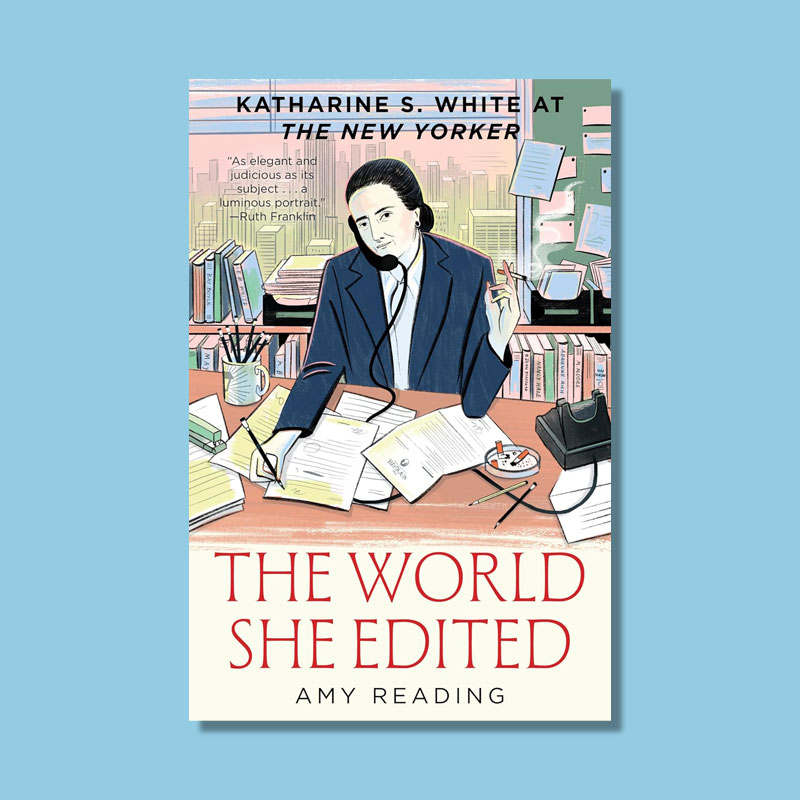How did real languages influence J.R.R. Tolkien's creation of Elvish? | | If you're a fan of "The Lord of the Rings," you know many dialects of Elvish play a part in creating the rich fantasy world. Author J.R.R. Tolkien was inspired by several real-world languages to create new, complete languages. | |  | Bennett Kleinman |
|
| |  | | F rom Klingon to Dothraki and whatever dialect "bazinga" comes from, popular culture has given us entirely new words and languages that didn't exist before the 20th century. Among the more fascinating and complex examples are the Elvish languages, which were developed by fantasy author J.R.R. Tolkien for the Lord of the Rings trilogy. To create the language spoken by the Elves of Middle-earth, Tolkien drew inspiration from real languages he studied and admired, including Finnish and Welsh. While entire treatises can be written about Tolkien's genius, let's take a quick look at some of the inspiration for the Elvish languages.
The Elvish language family contains a variety of dialects, the two most popular being Quenya, the language of the "High Elves" used primarily for poetry and ceremony, and Sindarin, which is more commonly spoken. There are many other dialects — including Telerin, Noldorin, Silvan, Avarin, Vanyarin, and Valarin, each of which serves a specific purpose in the LOTR universe — as well as the writing systems Tengwar and Cirth.
Having taught English language and literature classes at the University of Leeds and Oxford, focusing on Old and Middle English, Tolkien had the academic chops for this work. He also worked for the Oxford English Dictionary for a time. But that doesn't mean the language construction was fast or easy. The author began creating Elvish long before he published The Hobbit in 1937 and the Lord of the Rings series in 1954 and 1955. In 1914, he penned The Story of Kullervo, a tale that was heavily inspired by the Finnish mythological poetry collection Kalevala. According to the BBC, Tolkien "liked the long vowel sounds of Finnish and the umlaut accents." He borrowed many Finnish grammatical concepts and words while developing the Quenya dialect. They're not identical, but Quenya avoids large clusters of consonants and relies heavily on frequent vowel usage, which are also features of Finnish.
Sindarin, meanwhile, was more directly inspired by Welsh. The Guardian notes that Tolkien enjoyed Welsh for its sound, citing an essay in which he said that Welsh "pierced [his] linguistic heart." Both Welsh and the created Sindarin dialect use consonant changes to express grammar, demonstrating Tolkien's influence.
This is just the tip of the iceberg for Tolkien's linguistic creations, of course — you could teach entire academic courses about the creation of Elvish (and they exist!). But if you listen to Elvish and Finnish or Welsh side by side, you'll notice some striking similarities. |
| | Continue reading | |  |
| |
| | Thanks for supporting our sponsors! They help keep Word Smarts free for everyone. | |
Emoji Decoded | |  | | Information Desk Person | | | Meaning: Shows a person extending one arm palm-up in a gesture suggesting help or giving information.
Evolution: While originally meant to represent a help desk worker, this emoji is now commonly used for sass, attitude, or stating obvious information.
Usage: [Response in group chat:] Well if you read the email I sent... 💁♀️ |
|
 | | Information Desk Person | | | Meaning: Shows a person extending one arm palm-up in a gesture suggesting help or giving information.
Evolution: While originally meant to represent a help desk worker, this emoji is now commonly used for sass, attitude, or stating obvious information.
Usage: [Response in group chat:] Well if you read the email I sent... 💁♀️ |
|
| |
Have you read? | |  | | The World She Edited | | By Amy Reading | | Being a reader of "The New Yorker" is a marker of a certain kind of intellectualism. But in the early 20th century, the publication was actually a humor magazine with a very different reputation. This book gives the credit due to Katherine White, the fiction editor of the magazine from 1925 to 1959, for crafting its distinctive voice and legacy. In particular, White shaped the early careers of authors such as John Updike and Vladimir Nabokov, and championed women writers at the publication. | | | | Jennifer A. Freeman, Word Smarts Senior Editor | | | | We independently evaluate all recommended products and services. If you click on links we provide, we may receive compensation. |
|
 | | The World She Edited | | By Amy Reading | | Being a reader of "The New Yorker" is a marker of a certain kind of intellectualism. But in the early 20th century, the publication was actually a humor magazine with a very different reputation. This book gives the credit due to Katherine White, the fiction editor of the magazine from 1925 to 1959, for crafting its distinctive voice and legacy. In particular, White shaped the early careers of authors such as John Updike and Vladimir Nabokov, and championed women writers at the publication. | | | | Jennifer A. Freeman, Word Smarts Senior Editor | | | | We independently evaluate all recommended products and services. If you click on links we provide, we may receive compensation. |
|
| |
You might also like | |  | | | | What Exactly Is a Preposition? | | A preposition indicates the position of something or someone in relation to something else. But what's so special about this part of speech and when do we need to use it? |
| | | |
|
![]()
![]()
![]()
![]()
0 Comments:
Post a Comment
<< Home